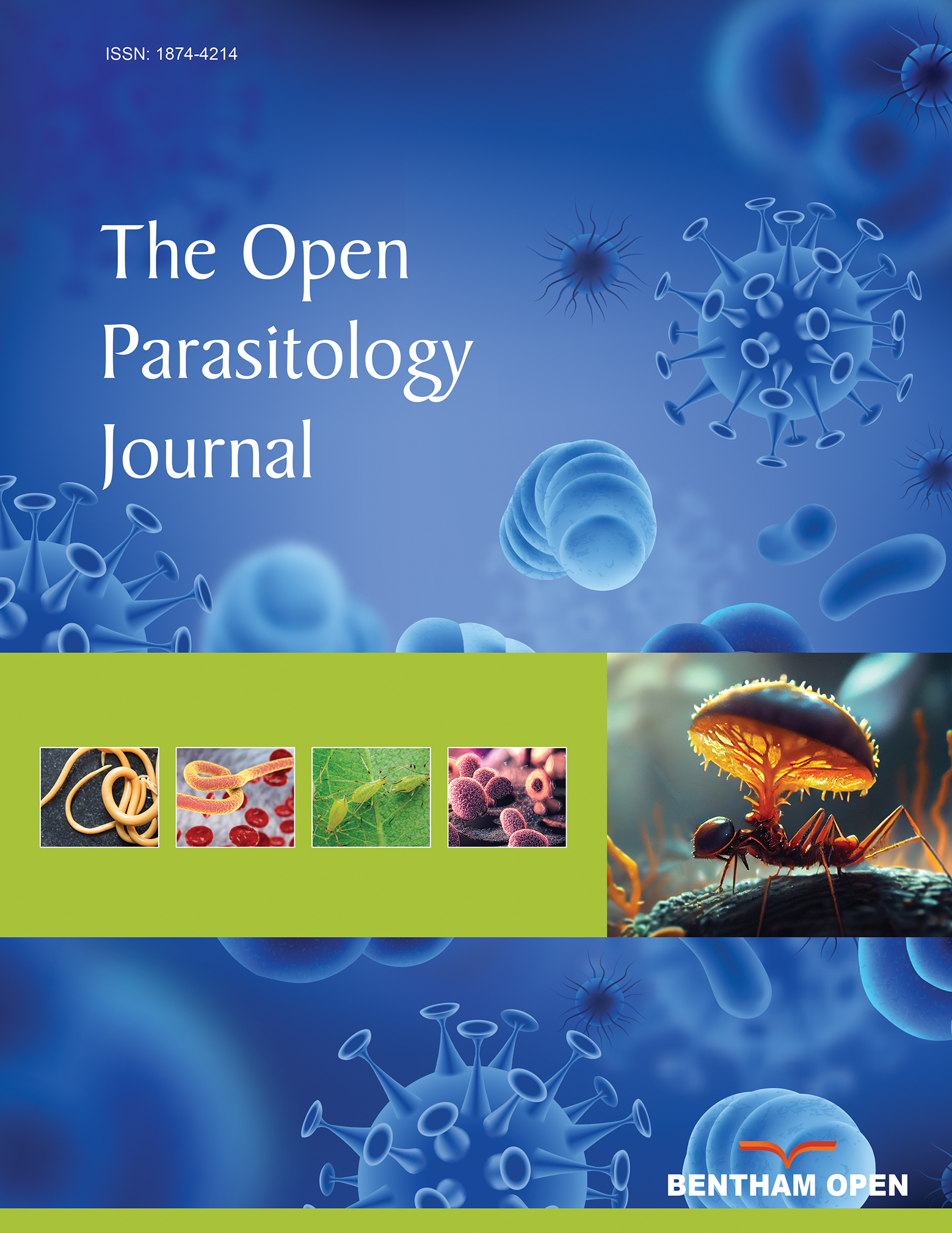Amoebophagous Fungi as Predators and Parasites of Potentially Pathogenic Free-living Amoebae
Abstract
There are numerous case reports indicating that naked Free-Living Amoebae (FLA) can relatively easily get to humans or animals. The presence of pathogenic amoebae in habitats related to human activities supports the public health relevance of FLA. Acanthamoebae, Naegleria fowleri, Balamuthia mandrillaris and several other FLA have proved to be facultative human pathogenic microorganisms. Additionally, a wide range of FLA is known as vectors of pathogenic microorganisms (endocytobionts). Within their biocoenosis, FLA and fungi (and other microorganisms) live sympatrically. It is known that fungi serve as food sources for the phagocytotic active (mycophagous) trophozoite stages of FLA. In contrast, amoebophagous fungi may use FLA as prey organisms. Endoparasitic and predaceous fungi prove that there are numerous different interactions between FLA and fungi. The man-made introduction of suitable fungi into a habitat (soil or water) with human pathogenic FLA may overcome any ecological effects or limits. While nematophagous fungi have already been brought into action against harmful nematodes, the usage of amoebophagous fungi against FLA has not been widely considered. Nevertheless, the results from in vitro studies are promising concerning the targeted use of amoebophagous fungi as biological control measures against FLA in limited natural areas, in soil and in aquatic habitats.


